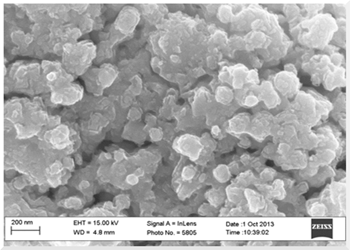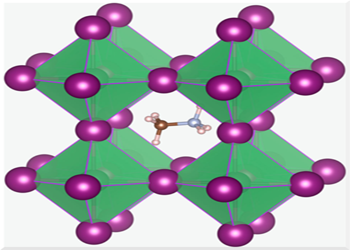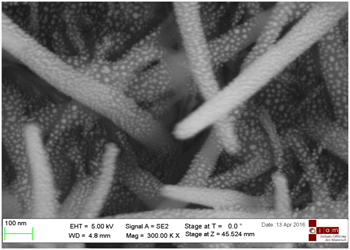The progressive shortage of natural energy resources has raised to general attention the need for a rational use of energy itself and also, where possible, for its efficient recycling. That is why many efforts have been directed towards the possible re-use of waste heat from industrial processes. This triggered a great interest in the develop-ment of efficient thermoelectric materials, able to convert the heat potentially lost into electrical power.
ISM is working to improve the thermoelectric properties for applications in the range of temperatures of 30 - 500 °C of different chalcogenide materials (e.g. tellurides) as well as non-toxic, abundant, and low-cost zinc antimonide (ZnSb).
The development of thermoelectric thin-films is being carried out both with standard techniques like magnetron sputtering, and with advanced solutions like nanosecond or femtosecond laser pulsed deposition, nat-ively nanostructuring the materials.
Staff: A. Bellucci, M. Girolami, M. Mastellone, L. Medici (IMAA), S. Orlando, R. Polini, D.M. Trucchi






 English (UK)
English (UK)  Italiano (Italia)
Italiano (Italia)